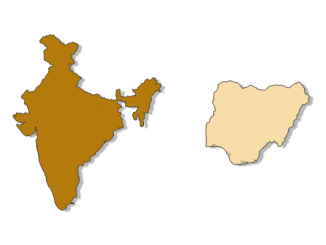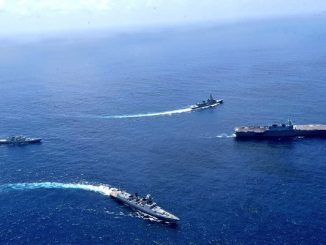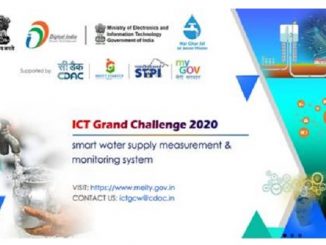
May 30: Future directions of research collaboration among BRICS countries in the areas such as High Performance Computing (HPC) and its weather-climate-environment applications; application of supercomputers to drug design, artificial intelligence, and HPC based precision medicine and public health, particularly for fighting pandemics as well as geoinformatics for sustainable development were discussed at the BRICS working group meeting.
Under the Science, Technology, and Innovation track, the Fifth BRICS Working Group meeting on High Performance Computing (HPC) and Information Communication Technologies (ICT)was hosted and organized in online mode by South Africa on 27th -28th May 2021.
All five BRICS countries Brazil, Russia, India, China, and South Africa, participated. More than 50 participants, including researchers, academicians, and government officials, took part in the meeting.
Mr. Sanjeev Kumar Varshney, Advisor & Head, International Cooperation Division, DST, who led the meeting from the Indian side, emphasized on the importance of this area in view of emergence of new disciplines like AI, big data, machine learning, and their potential applications in the areas of medical sciences, agriculture, earth science modeling and simulation. He confirmed India’s commitment for co-investment of resources, including funding for supporting BRICS multilateral projects. Each nation shared their country’s progress in building an HPC infrastructures network and areas of interest for advancing BRICS collaboration.
From the Indian side Dr. Sanjay Wandhker, Senior Director from C-DAC, presented India’s initiative of Indigenous development of supercomputers under the National Supercomputing Mission and their applications in drug design to develop and deploy a user-friendly and comprehensive early warning system for flood prediction.
India will share the concept note on cooperation amongst the BRICS startups in deep technology in areas of healthcare, agriculture, and education. China proposed AI+HPC+5 G-based digital twin platforms and an open-source ecosystem for smart manufacturing, precision farming, and; precision medicine. Brazil and South Africa proposed the flagship project on Digital Earth.
The Working Group recommendations, which have been agreed by all BRICS nations unanimously, may be included in the next BRICS Call for Proposals. The BRICS call secretariat representative has indicated that the next call may likely be announced in the second half of 2021.
The BRICS HPC & ICT Working Group provides a platform for researchers from BRICS member countries to discuss and deliberate on mutual interest areas to forge partnerships and develop deep technology-based solutions for societal challenges such as affordable healthcare, sustainable agriculture, extreme weather events, and weather, and climate modeling etc.
The key scientific institutions that participated from BRICS countries included the Department of Science and Technology (DST), Ministry of Electronics and Information Technology (MEITY), Centre for Development of Advance Computing (C-DAC) from India; National Laboratory of Scientific Computation (LNCC), Brazil, Senai Cimatec, Research Institute in Brazil, Research Computing Center, Moscow State University (RCC MSU), Russia, Guangzhou University, Sun Yat-sen University from China. And Department of Science and Innovation, South Africa, National Research Foundation (NRF), South Africa, South African Weather Service, South Africa.
This meeting is part of BRICS Science, Technology and Innovation Calendar of Activities 2020-21 adopted by all BRICS countries. India has assumed the BRICS Presidency from January 2021. About 100 events, including Ministerial level meetings, Senior Official meetings, and sectorial meetings/conferences, will be organized as part of BRICS 2021 Calendar.
Disclaimer: We donot claim that the images used as part of the news published are always owned by us. From time to time, we use images sourced as part of news or any related images or representations. Kindly take a look at our image usage policy on how we select the image that are used as part of the news.


